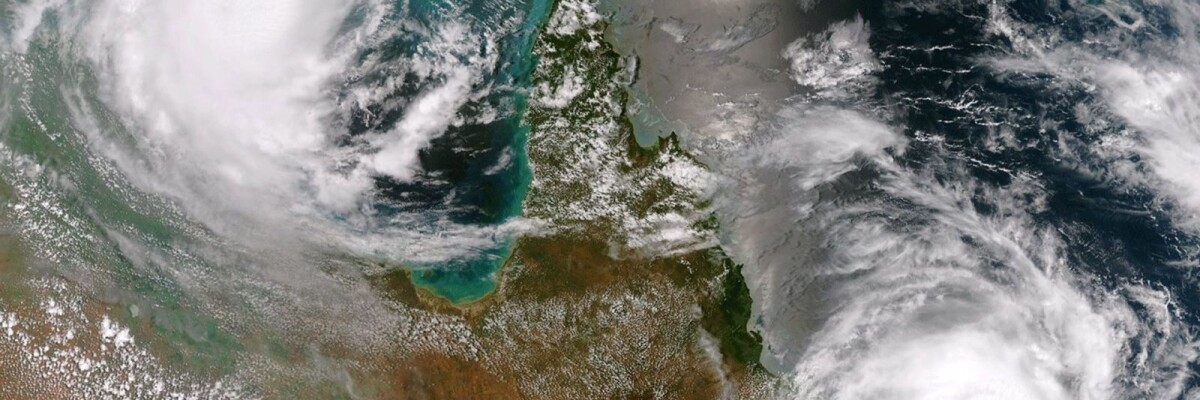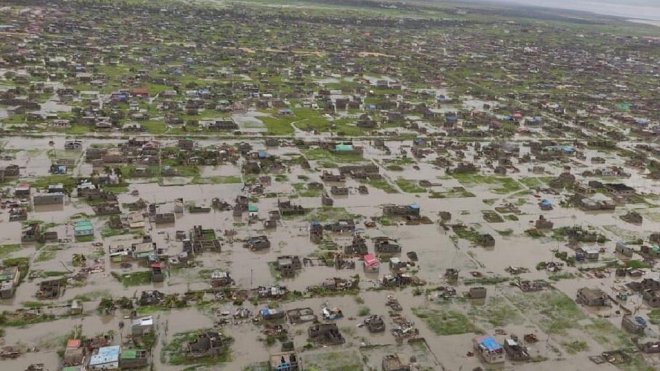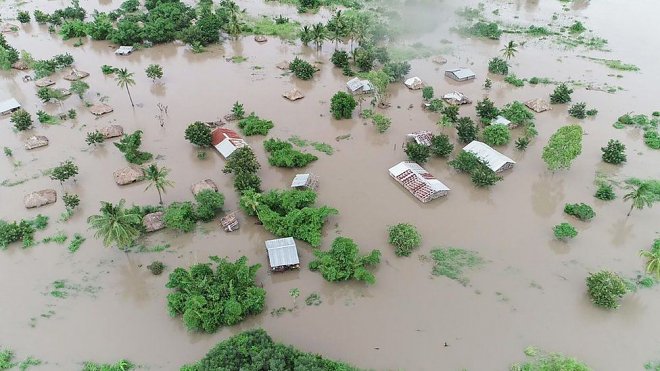The city of Beira in Mozambique suffered twice: it was recently hit by a massively destructive storm, but there was nothing left to destroy as the city had been demolished by the Idai Cyclone just a week earlier. The tragedy has been called the ‘worst disaster to strike the Southern hemisphere’.
It’s worth noting that this region has never witnessed a similar type of storm before. Experts have named the reasons behind the catastrophe.
Scientists claim that the storm was caused by processes occuring in the Indian Ocean. Because of global warming, the temperature of the water is constantly increasing, with melting glaciers contributing to rising sea levels.
These processes hardly affect the number of cyclones (which average at 90 per year), but they do increase their intensity. This means that cyclones are more likely to go beyond the water and onto land, leaving entire cities destroyed in their wake.
The heartbreaking events in New Orleans, which was ravaged by Hurricane Katrina in 2005, proved that our construction technologies are not advanced enough to create structures that can withstand such natural disasters. More recent examples, such as Hurricane Sandy in 2012 and Typhoon Haiyan in 2013, also confirm this fact.
An even more troubling fact is that these disasters don’t only destroy infrastructure, but also the soil itself: coastlines are eroded and other harmful processes are launched.
Even some of the Earth’s more peaceful regions are now at risk, so this problem deserves our close attention.
Share this with your friends!








Be the first to comment
Please log in to comment